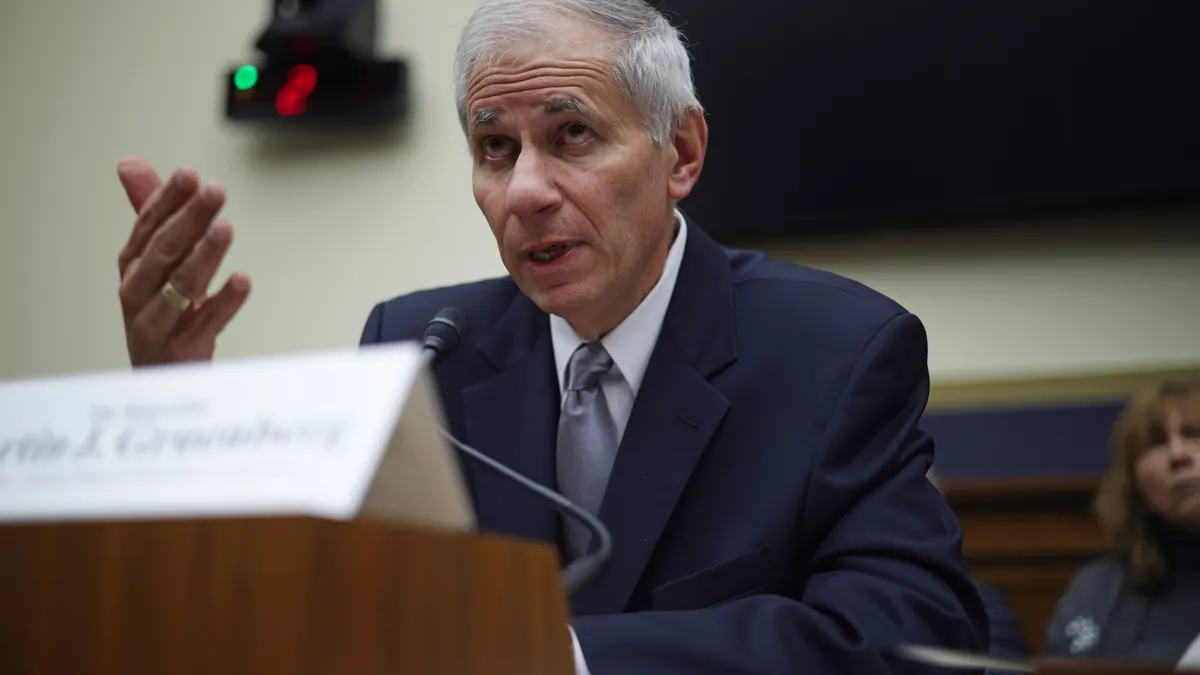Ask any community bank CEO to name the toughest part of his or her job, and you might expect answers like managing risk or growing deposits. But dig into the conversation a little deeper and another sticking point is likely to arise: shareholder relations.
Addressing Shareholder Liquidity Needs in Community Banks
For privately held banks, shareholder management is personal. In this relationship, investors are often neighbors, business owners, or even legacy family members who helped capitalize the bank decades ago. All these dynamics make it tricky when one of them calls—invariably at dinnertime—asking if they can cash out their stake.
John Antolik, CEO and co-founder of My Private Shares, based in Florida, understands this tension. “In private companies, shareholders can feel they have an intimate relationship with the C-suite,” he explains. “Even if they’re not attending annual meetings, they want to know what’s going on. And when it’s time for liquidity, they expect answers.”
For community bank executives, answering these calls—and balancing the expectations behind them—creates a tension to be responsive atop an already busy full-time job. It’s a high-wire act with little margin for error. And if communication isn’t handled carefully, it could create real risks; like damaging trust with shareholders and regulators alike.
Antolik and his team have spent the past several years listening closely to the feedback regarding this challenge. What they’ve heard—and what they advise—can help community bank leaders breathe a little easier.
The Complexities of Shareholder Liquidity in Private Banks
Privately held banks often enjoy a close connection to their shareholders, but that proximity can bring complications. Shareholders that need liquidity after holding their private bank stock for years—whether to fund a grandchild’s education or diversify their portfolios—face limited options. Without a clear path to sell those shares, they often resort to contacting the CEO directly.
“It’s not uncommon for CEOs to find themselves in uncomfortable conversations,” Antolik says. “They’re put on the spot—asked about buying shares or connecting people with other shareholders. It’s a no-win scenario.”
New financial regulatory guidelines can complicate these conversations. CEOs are typically advised not to comment on share price or broker transactions among shareholders. “One-on-one pricing conversations are a big no-no,” Antolik says. “You open the door to fairness concerns, legal risk, and potential regulatory headaches.”
And yet, ignoring shareholder concerns isn’t an option either. “When an investor wants liquidity, it’s not a casual inquiry,” Antolik points out. “They’ve made up their mind. They want to sell. If you don’t offer a clear answer, it creates frustration—and that can erode trust.”
Proactive Shareholder Engagement Tips
While there’s no silver bullet, Antolik says there are ways to proactively manage shareholder relationships, reduce stress for the executive team and create a better experience for investors. The key is developing an investor relations process and ensuring transparency is a part of it.
Antolik’s Key Strategies for Banks
- Define a Communication Strategy
“You can’t afford to be reactive,” Antolik says. “There needs to be a plan for shareholder communication—annual updates, financial reports, and regular engagement.”
Proactive communication builds trust. It also helps prevent misinformation and rumors from spreading among shareholders who feel out of the loop. “If you’re regularly sharing the bank’s story, people are less likely to fill in the blanks themselves,” Antolik notes.
- Create a Controlled Environment for Shareholder Interaction
Privately held banks often rely on ad hoc systems—emails, spreadsheets, or old-school paper lists—to connect buyers and sellers. Antolik recommends a more structured, secure environment that allows shareholders to post intentions to buy or sell in a way that’s transparent and efficient.
“This isn’t about creating an exchange,” he clarifies. “It’s about providing a platform for shareholders to connect, negotiate, and handle transactions independently—without pulling the CEO into every conversation.”
- Respect the Personal Side of Shareholder Relationships
While technology can streamline communication, Antolik emphasizes that personal relationships still matter. “Community banks succeed because they value people over profits,” he says. “Your shareholder communication should reflect that.”
For example, personalized invitations to annual meetings—whether the gatherings are held in-person or conducted virtually—go a long way. So do handwritten notes that acknowledge major shareholder milestones, like multi-generational ownership or significant anniversaries.
- Plan for Liquidity Events
As Antolik puts it, “Liquidity requests aren’t ifs, they’re whens.” Privately held banks should have clear policies around liquidity, whether they offer a formal matching program, a bulletin board, or periodic share repurchases (if feasible).
“It’s about giving shareholders a framework,” Antolik explains. “They need to understand how, when, and under what terms they can seek liquidity and just as importantly – outlining the steps to handle transfer requests. Clarity reduces frustration, for them and for you.”
Strategic Shareholder Communication & Bank Executive Efficiency
When banks get shareholder engagement right, they create breathing room for their leadership teams. Antolik sees this as a game-changer. “If your CEO and CFO are constantly fielding shareholder questions, they’re not focused on strategic priorities,” he says.
That’s why more institutions are formalizing their investor relations functions, even if it’s just a part-time role or a committee of board members and executives. “It takes pressure off individuals,” Antolik notes. “And it sends a message to shareholders: You are an important stakeholder whose relationship and investment we appreciate, and we’ve got a plan for communicating with you.”
The Growing Importance of Shareholder Engagement in Banking
As more banks look to raise capital, engage private equity, or merge with peer institutions, Antolik believes shareholder engagement will only grow in importance.
“Community banks are competing for capital,” he says. “Having a transparent, well-communicated shareholder strategy sets you apart. It gives confidence to existing shareholders, and makes it easier to bring new investors to the table.”
Ultimately, Antolik returns to the heart of the matter: “Community banking is built on relationships. Managing shareholder communication well isn’t just about compliance or efficiency. It’s about keeping promises to the people who’ve trusted you with their investment.”
And that, he says, is worth the effort.



















